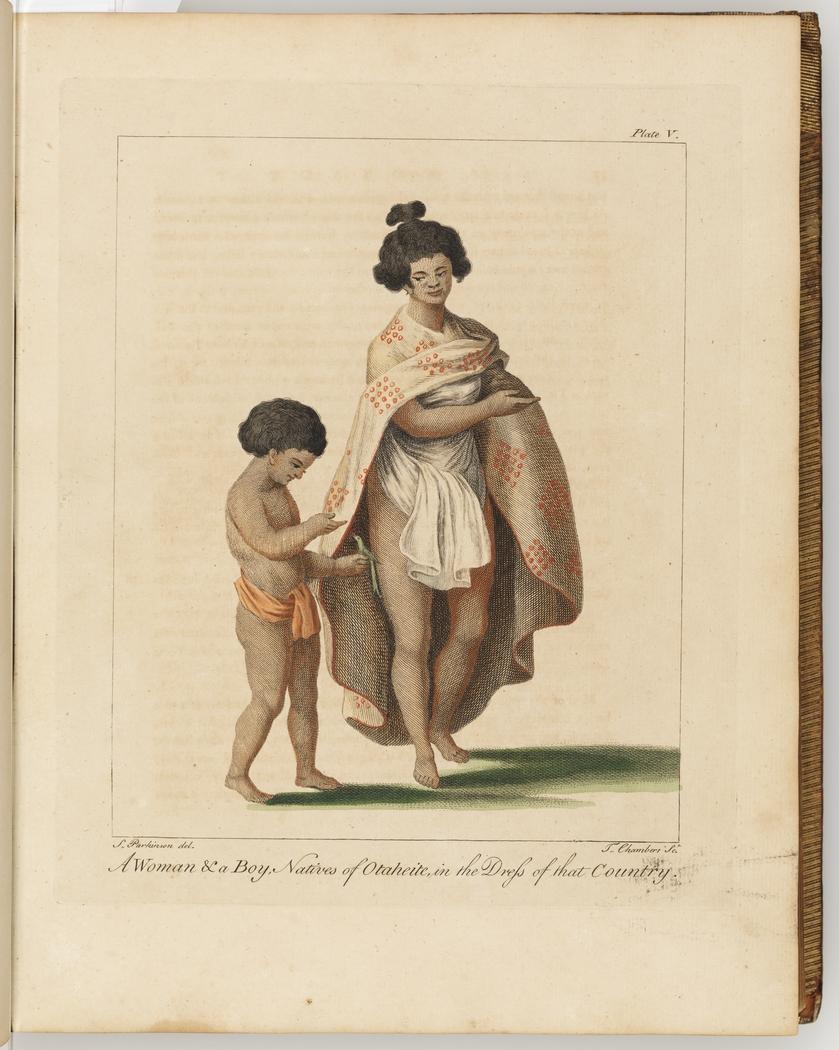The Endeavour voyage
The First voyage
It was Britain’s greatest voyage of ocean exploration, mounted by the Admiralty and the Royal Society and forty-year-old Captain James Cook was entrusted with its leadership.
On 25 August 1768, three months after taking command of the HM Bark Endeavour, he led the ship out of Plymouth Harbour. His destination was Tahiti, to establish an observatory at Tahiti to record the transit of Venus, when that planet passed between the earth and the sun, on 3 June 1769. Cook's unspoken mission was to find the ‘great south land’ and claim it for Britain.
Following the observation of the Transit of Venus, Cook headed south. After sailing up the west coast of New Zealand, proving that it did not form part of a large southern continent, as Dutch explorer Abel Tasman had proposed, Cook sailed west and reached the southern coast of New South Wales in April 1770.
He then sailed north, charting the eastern coastline of Australia.
During the voyage, Cook kept a journal describing his discoveries and experiences, sending copies of his log back to the Admiralty, as requested by them, at various ports as a means of reporting on the expedition’s progress. His account makes for fascinating reading.
On 22 August 1770, Captain Cook fulfilled his secret mission and claimed the land for Great Britain at Possession Island. Such was the mythic power of the legendary Great South Land that even after Cook’s voyage, people continued to speculate how big the land was and how far it extended to the south.

